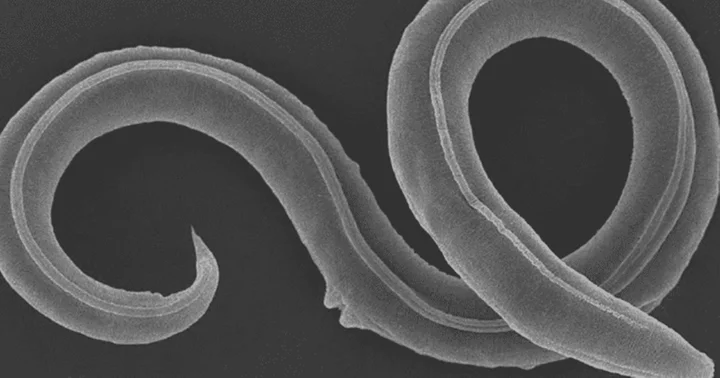HOUSTON, TEXAS: Scientists have achieved a remarkable feat by reviving a 46,000-year-old roundworm that had been dormant in the Siberian permafrost. The roundworm, belonging to a previously unknown species, was awakened from its frozen slumber and astonished researchers by starting to reproduce.
This groundbreaking discovery of the ancient roundworm, now identified as Panagrolaimus kolymaensis, was published in PLOS Genetics. The process of bringing the roundworm back to life involved warming the soil in which it was found.
What is Panagrolaimus kolymaensis?
Panagrolaimus kolymaensis belongs to the nematode family, commonly known as roundworms. In 2018, scientists discovered and revived two types of microscopic nematodes from Siberian permafrost, estimating their age to be around 42,000 years. These newly revived creatures have since become subjects of extensive research, with researchers speculating that they represent a distinct species named after their habitat, the Kolyma River.
Panagrolaimus Nematodes awakened after 46,000 Years in frozen slumber
Panagrolaimus species have the extraordinary ability to enter a state of cryptobiosis, wherein they suspend their metabolism to survive harsh environmental conditions like freezing or desiccation. “It’s kind of super fascinating finally to suddenly see life, living animals crawling out of a piece of soil that been deep frozen for 46,000 years,” Dr Philipp Schiffer from the University of Cologne told CBS News. The discovery of P kolymaensis holds great significance as it sheds light on the species' adaptation to changing climates over the millennia.
The study's authors achieved a unique accomplishment in that they could persuade the nematodes to enter and exit the dormancy-like state of cryptobiosis using "special preparatory cues." However, genetic analysis of P kolymaensis poses challenges due to its parthenogenic nature, where females can reproduce without a male. The team requires some 2,000 to 4,000 worms for one type of genetic analysis which is difficult to obtain, making this fascinating nematode species all the more intriguing and mysterious to scientists.









